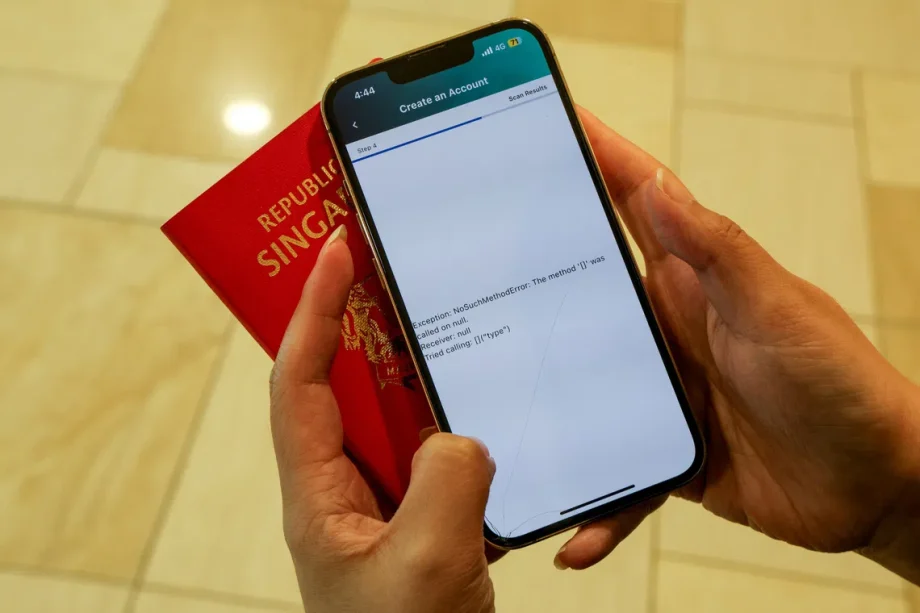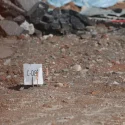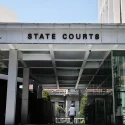JOHOR BAHRU – The first day of implementation of the new QR code system for easier clearance with Singapore hit a snag, as many motorbike lanes equipped with the new system were not functioning properly owing to possible technical issues.
At the Bangunan Sultan Iskandar Customs, Immigration and Quarantine Complex (BSI) at the Causeway, only one out of seven lanes installed with the National Integrated Immigration System (NIISe), which uses the
MyNIISe mobile application,
was functioning on Oct 15.
Meanwhile, at the Sultan Abu Bakar CIQ complex (KSAB) at the Second Link, only two out of eight motorcycle lanes were working.
However, the system installed at the bus halls at both the land checkpoints was functioning without problems.
Also, the MyNIISe system installed in at least 16 car lanes – eight lanes for entry and eight lanes for departure – at BSI were operating as usual, along with the 12 car lanes (six each for entry and exit) at KSAB.
The MyNIISe system was rolled out for passenger cars from Sept 22, while implementation for
motorcycles, pedestrians and bus users began






